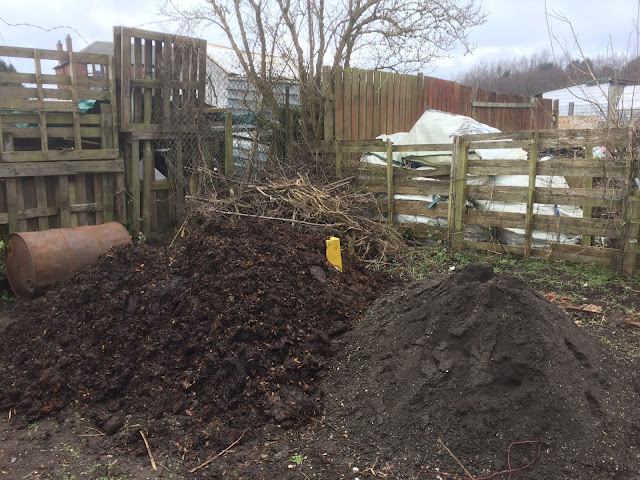Cover Crops
I don't like the term "green manure", it summons up an image of verdigris horse shit. And non-gardeners are completely scoobied by it, leading to tedious explanations. Cover crop it is, then, from here on in. It's essential this year to get the ground riddled, the shed and poly tunnel built. Trying to grow any actual produce this year, even tatties, would be counter productive: frankly it would just get in the way. (Not that I haven't agonised over this, in particular every time I go into the Tesco and pay good money for agro-industry reared vegetables). With a whole year to play with, I can experiment with a range of cover crops across the five beds. Sow them, chop or hoe them down, sow another one... Mostly, I'm for leaving them on the beds as mulch. This is preferable to the black plastic in many ways. In particular, the riddled soil will have had all of its mycorrhizal structures broken to pieces. Cover crops will re-establish them before I plant act




